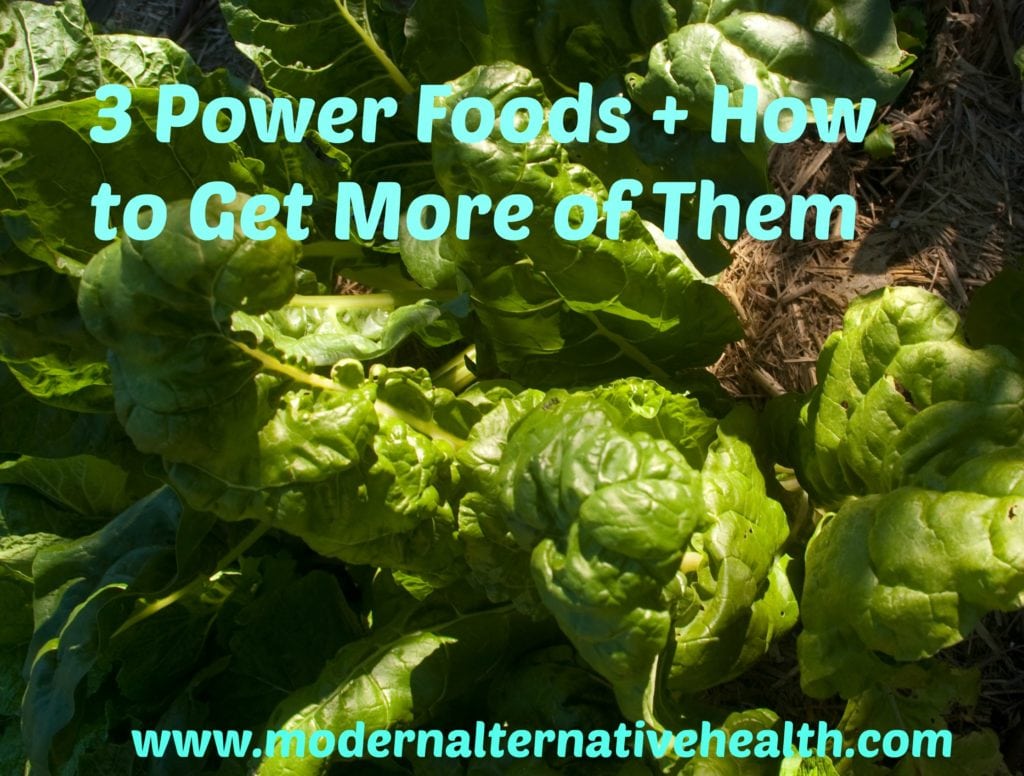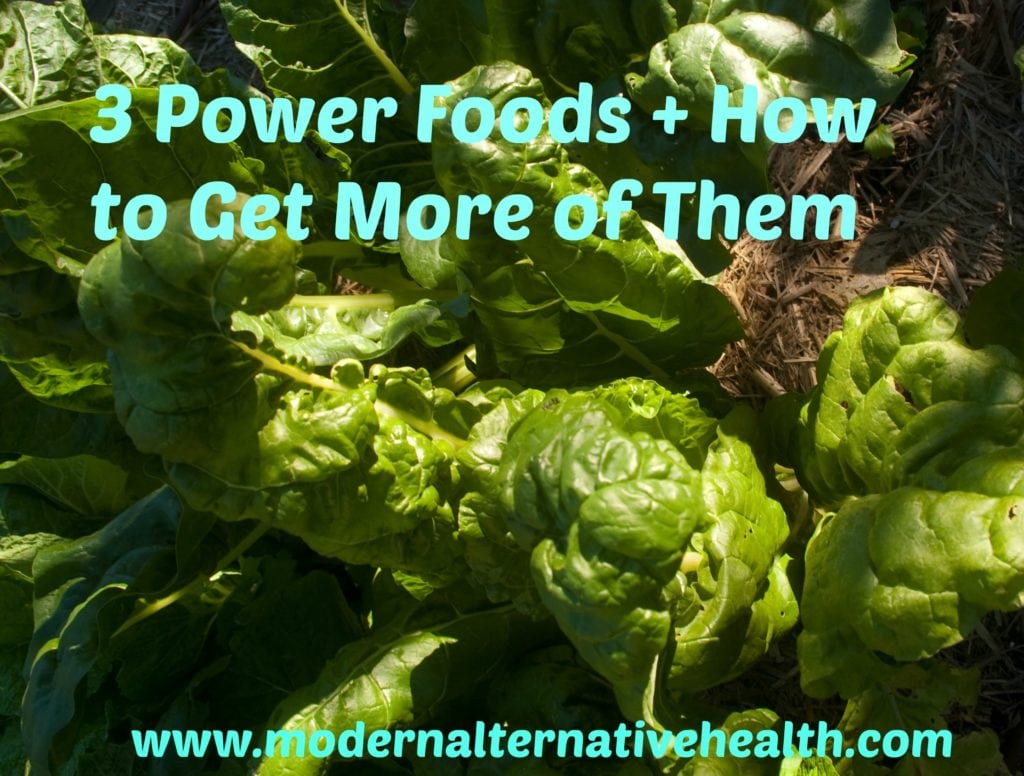 Image by RaeAllen
Image by RaeAllen
By Hannah, Contributing Writer
It”s that time of year: back to school and back to the routine of things. With summer turning to fall and the busyness of life often picking up, guarding against illness and fatigue are important! While a balanced lifestyle with rest, exercise, and a varied diet are important, there are certain “power foods” that give you the biggest nutrient “bang for your buck.”
Top 3 Power Foods
1. Spinach
Spinach is a powerhouse of nutrients including phytonutrients, beta-carotene, vitamin A, B-vitamins, and vitamin K. Additionally, spinach contains some of the most important nutrients for women: calcium, magnesium, and iron. One serving of spinach provides 25% of the “recommended” daily amount of iron.
Spinach is extremely versatile and can be eaten raw or cooked. Try chopping it up and putting it in pasta dishes, soups, or casseroles. You can also enjoy incorporating it into salads or throwing a handful into a smoothie. Spinach sauteed with garlic, olive/coconut oil or butter, and herbs makes a yummy side dish or topping for rice, quinoa, or other grains. Spinach can be folded into omelets or scrambled eggs, or slipped into sandwiches or wraps.
2. Cultured Foods
If you’ve heard much about gut health, you know how important cultured and fermented foods are. You can read all about the importance of a healthy gut and fermented foods here. Cultured foods provide beneficial bacteria and microorganisms to bring nourishment to your gut. You can obtain these through various sources, including making your own dairy or water kefir, yogurt, kombucha, or fermented vegetables. Once you have those made (or purchased), the question remains, “what do I do with them?”
Kombucha and water kefir, I have found, are best to just drink straight up. If you don’t like the stronger kombucha, water kefir is a nice, mild alternative. Dairy kefir and yogurt can be put in smoothies, on oatmeal, or just eaten plain with fruit or raw honey (or not). They also make a nice base for a creamy sauce or salad dressing, like ranch. Fermented vegetables (pickles, sauerkraut, ginger carrots, etc.) can be eaten plain, on top of a hamburger/other meat, on a salad, on crackers/toast, with other steamed veggies or cooked potatoes, or on top of rice or another grain.
3. Garlic
Some people love it; some people hate it. Though garlic is generally thought of as a seasoning for cooking, it actually has significant health benefits. Garlic can be detoxifying, anti-inflammatory, anti-viral, and anti-bacterial. It can also work as a blood purifier and heart health enhancer. When eaten raw especially, garlic can be a powerful immune booster.
Garlic can be added to sauteed veggies, soups, casseroles, pasta dishes, and more. You can also add several cloves to hummus and other dips and spreads. Making garlic toast with butter or olive oil and a generous amount of garlic with a sprinkling of cheese makes a simple side dish. Garlic also comes in capsules, and though not as potent, can be a helpful supplement if you don”t want to smell like garlic!
These foods provide quality nutrition and can be incorporated easily into meals you already make. Be creative and experiment with your favorites.






